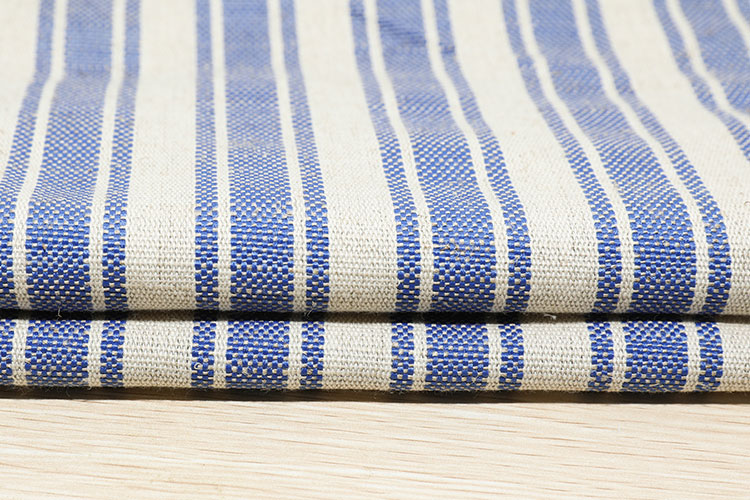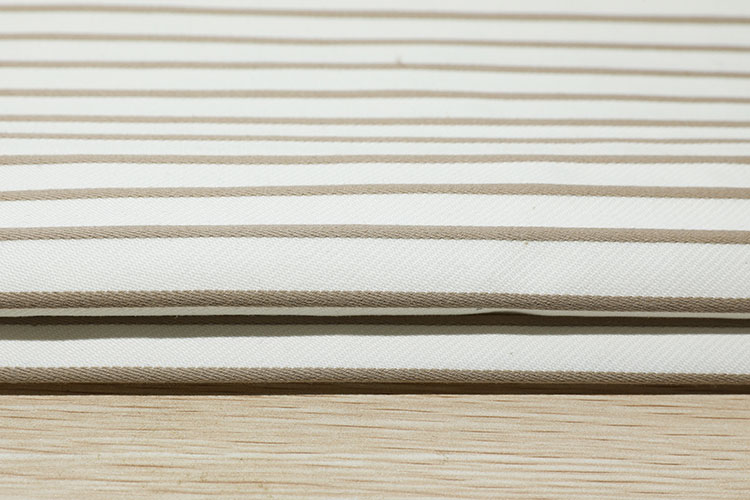Elastic cloth has many uses. It can be used in a variety of ways, including hats, swimwear, and belts. Some types are machine washable and can be dry cleaned. They also have the added benefit of drape. This article will discuss the different types of elastic cloth available for sale and how to best use them. The following are some of the benefits of elastic fabric. Read on for more information! Elastic cloth can be a great alternative to traditional sewing thread.
First, choose the elastic you need. There are many types of elastic, each with a different recovery and stretch properties. Different types of elastic are suitable for different types of sewing projects. Because there are so many types, stores may not carry them all. Therefore, it is important to order elastic online or from a sewing catalog. Once you have purchased your elastic, follow the instructions on the package to apply it. Make sure to use a ball-point sewing machine needle. There are two types of elastic: non-roll and woven. Non-roll elastic does not roll, but has lateral ribs. Non-roll elastic is often used in hats, casings, and lace.
Elastic is an important part of clothing. It makes clothes retain their shape. Elastic is made of different materials, including latex and spandex. Some types of rubber are not comfortable in clothing, so they are reserved for certain applications. Rubber is not very comfortable and should be avoided. It may feel good, but it is not an ideal choice for clothing. While it is a great material for some applications, it is not very comfortable.
When cutting elastic, make sure to stretch it first. This will prevent the fabric from being pulled together when it is stretched. Otherwise, it won't stretch as intended. After cutting, use a safety pin to attach the two ends of elastic, and close any gaps that might appear in the casing. This will help to avoid skip stitches. Then use a ballpoint sewing needle so that the elastic does not fray. It is also important to remember that some types of elastic are more flexible than others.
Nylon is the strongest of the elastic type blends, but may also be the weakest. It is often used for outdoor activities and is machine washable. This type of fabric is also high-quality, with stretch and recovery capabilities that range from 85% to 120%. Its stretch and recovery abilities are more durable than cotton. However, if you are looking for an elastic fabric for athletics, it is recommended that you read up on some of the properties before buying it.
Knitted elastic is a flexible material. It is often used for light to mid-weight fabrics, and it does not narrow easily when stretched. Knitted elastic is made of fiber and is not as durable as woven elastic. Knitted elastic is lightweight, breathable material that is suitable for outerwear and swimwear. In addition to clothing, it can also be used for home decor and bags. Once it stretches, it does not lose its stretch, which is another benefit.
As the name implies, elastic cloth is made of an elastomer, a polymer compound made of textile materials. Examples of elastomers include rubber, polybutadiene, and polyisobutylene. They are soft and stretchy at room temperature. Nevertheless, the disadvantage is that they do not break down in nature. Instead, they tend to accumulate in the environment. Therefore, it is imperative to choose the right type of elastic cloth for your garment.
The elasticity of fabric can be determined by the percentage of stretchy yarn. Stretchy yarn can be made of a wide variety of materials, including nylon, polyester, and natural fibers. To know the percentage of stretch in a fabric, you can test it by folding it in half and pulling out the opposite points. Moreover, you can determine the stretch percentage by hand, as some sewing patterns require a particular stretch percentage. Once you have determined the percentage, you can select the most appropriate fabric for your needs.
To maintain the elastic's life, you should avoid bleaching it. As bleach contains a basic component with a pH of 7, it dries out the elastic material and prevents it from rebounding. Use bleach sparingly, however, when washing white undergarments. You can also use a mild detergent, such as soapy water, on a gentle cycle. The final result is a garment that retains its bounce and elasticity.



 English
English Chinese
Chinese




 +86-573-81880066
+86-573-81880066 +86-13666752302
+86-13666752302 enbo_dong@126.com
enbo_dong@126.com